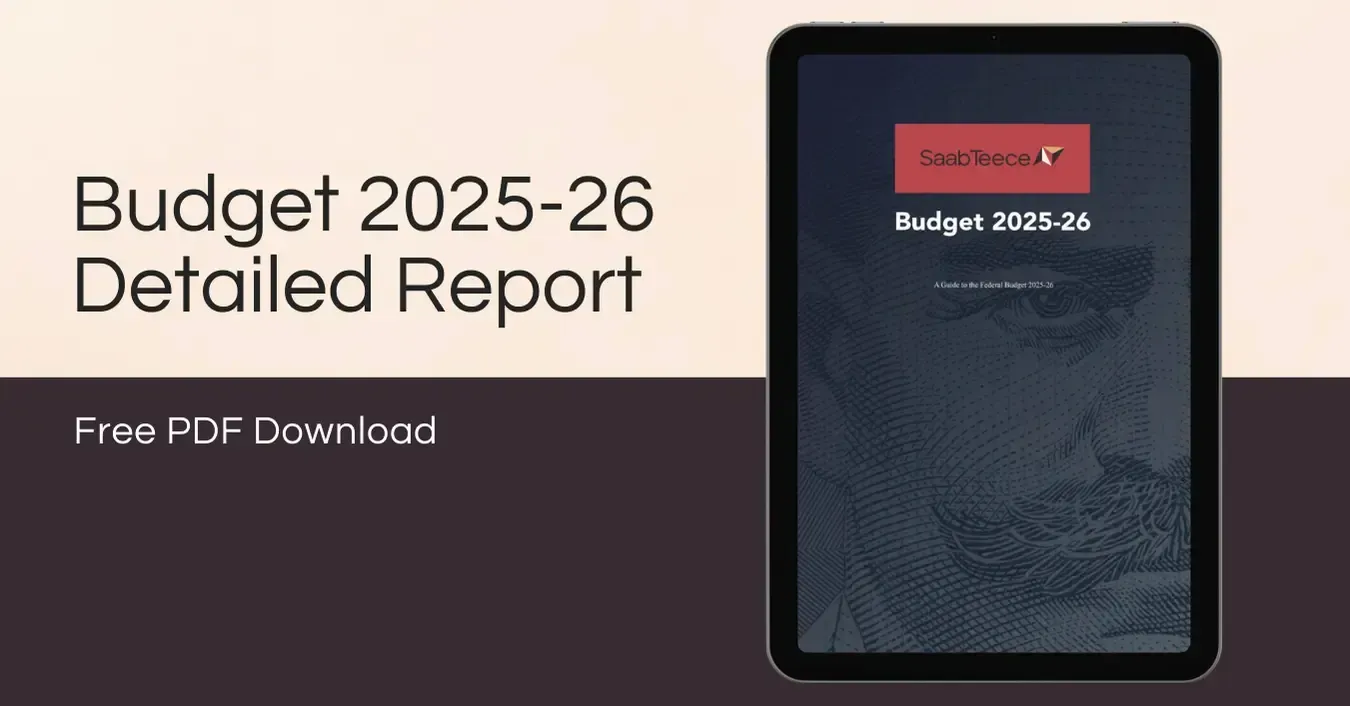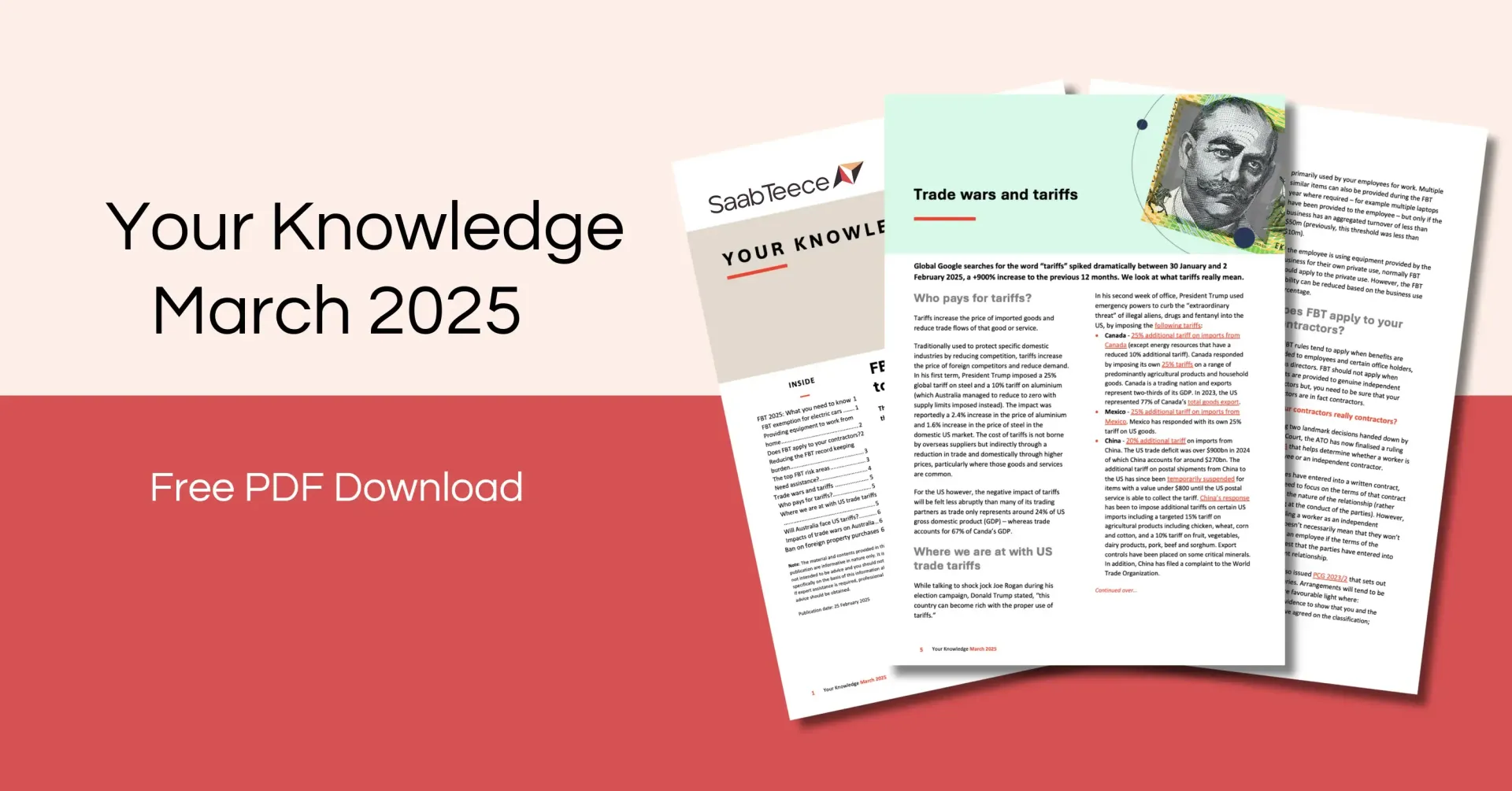Changes to New Employees' Super from 1 November 2021
You may have received an email or letter from the Australian Taxation Office (ATO) regarding changes to employees' Super Choice from 1 November 2021.
Here is a summary that outlines the changes:
From 1 November, 2021 if you have new employees start, you may have an extra step to comply with the choice of superannuation fund rules. If a new employee doesn’t choose a super fund, you may need to request their 'stapled super fund' details from the ATO.
A stapled super fund is an existing super account of an employee that follows them as they change jobs.
This change aims to stop your new employees paying extra account fees for unintended super accounts set up when they start a new job.
What you need to know
You may need to request stapled super fund details when:
- your new employee starts on or after 1 November 2021.
- you need to make super guarantee payments for that employee, and
- your employee is eligible to choose a super fund but doesn’t.
From 1 November, 2021 you will be able to request stapled super fund details for new employees using the ATO’s Online services for business.
What you need to do from 1 November 2021
Step 1: Offer your eligible employees a choice of super fund
You need to give your eligible new employees a Super standard choice form and pay their super into the account they tell you on the form. Most employees are eligible to choose what fund their super goes into.
There is no change to this step of your super obligations.
Step 2: Request stapled super fund details
If your employee doesn’t choose a super fund, you may need to call the ATO or log into Online services and go to ‘Employee Super Accounts’ to request their stapled super fund details.
The ATO will provide your employee’s stapled super fund details after they have confirmed that you are their employer.
If the ATO provides a stapled super fund result for your employee, you must pay your employee’s super using the stapled super fund details provided.
Step 3: Pay super into a default fund
You can pay into a default fund, or another fund that meets the choice of fund obligations if:
- your employee doesn’t choose a super fund, and
- we have advised you that they don’t have a stapled super fund.
For more information on how to request stapled super fund details for employees, please click here.
For information on how to access ‘Online Services for Business’ through the ATO, please click here.
Should you have any questions, as always, please do not hesitate to contact us.
Recent Posts









